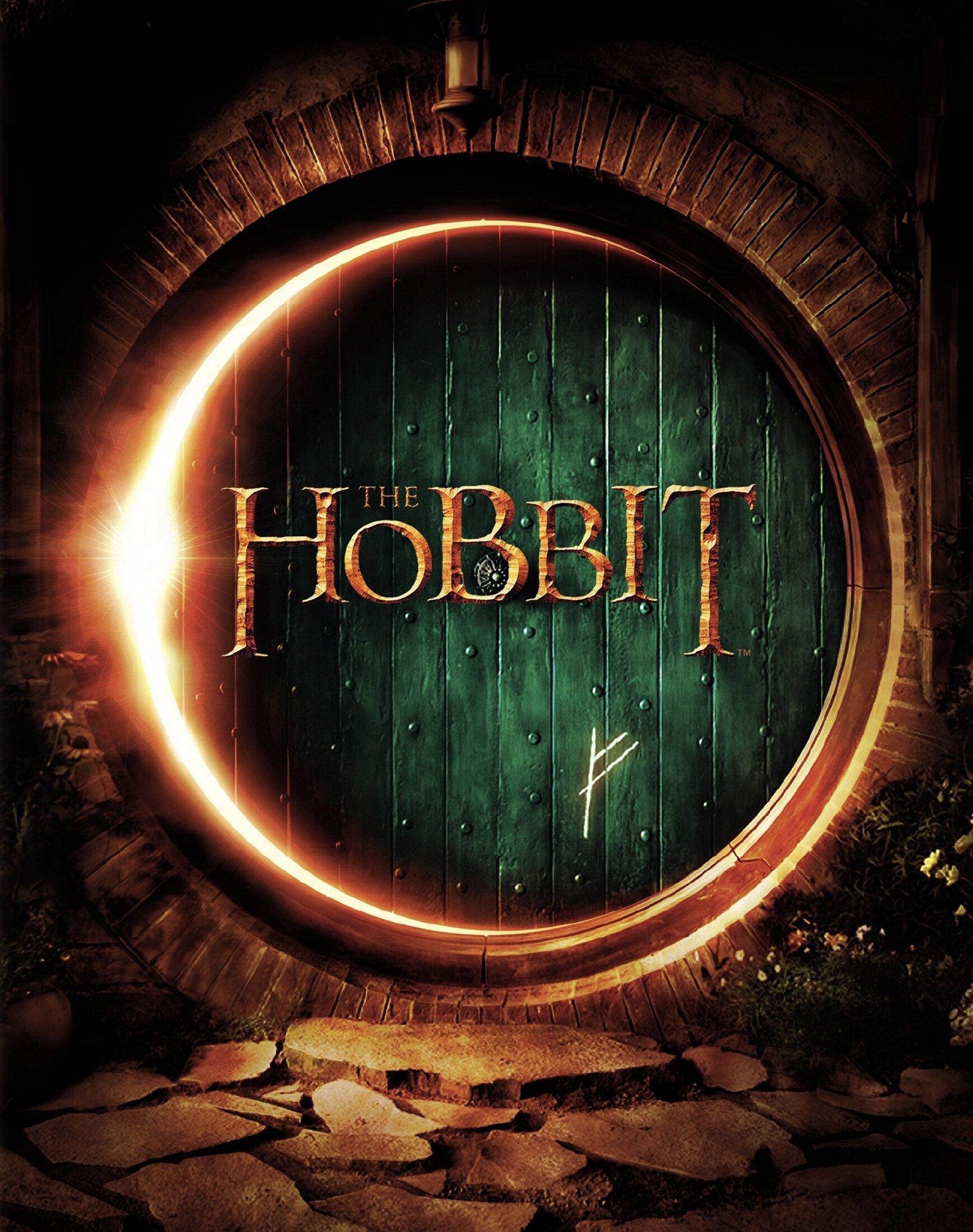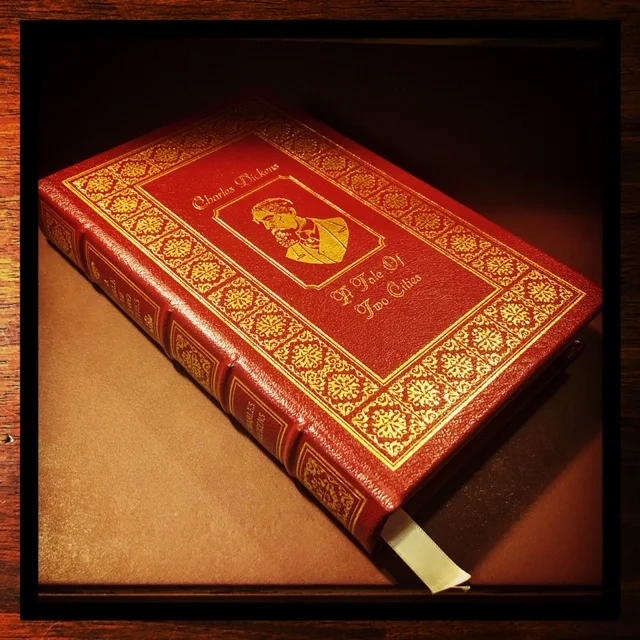IT, the movie adaptation of Stephen King’s horror classic, releases tomorrow. You can read my review in the film review section. But preceding that, I wanted to take this opportunity to touch on a subject I’ve wanted to address for quite some time, a subject that I feel very strongly about, one that I take quite seriously.
Since I was young, I have been fascinated by the horror genre. That’s one of the reasons I was drawn to the writing of Stephen King in the first place, when I was in my adolescence, and I’ve been reading him ever since. While I think it is unfair to write King off as simply a horror writer – his talents are myriad, and extend well beyond this one genre – his career is certainly the-house-that-horror-built. As unfair as it would be to write King off for this reason, it is equally unfair to dismiss the horror genre as a whole, as many do.
I’d like to talk about why.
I firmly believe there is such a thing as tasteful horror, and that is the kind I gravitate toward. Horror is valuable, but I am very picky with what pieces of the genre I entertain. By its very nature, horror can be dangerous, and we must all exercise discernment in the kind of stories we interact with.
In Stephen King’s own words, there are three types of horror. The “Gross-Out” – violence and gore for its own sake. The “Horror” – the unnatural, the creatures at our heels, the monsters under the bed. And the “Terror” – the existential dread, the unknowable, unnamed darkness that lurks in the shadows. These are useful definitions.
When I personally speak of horror, I almost always exclude the Gross-Out type, the – for lack of better, less-gross words – torture-porn movies like Hostel and most of the Saw series. I largely do not entertain that type of horror. Unfortunately, that type of horror has become what most people exclusively associate with the genre, which is why it is often dismissed. And I can’t find too much fault with that dismissal, because the bulk of the genre is made up of Gross-Out horror. But I am not interested in Freddy or Jason or Michael Myers. I am not interested in being disgusted, or in seeing violence for violence’s sake. I am not interested in horror that glorifies evil. I am interested in horror that depicts evil as something to be reviled and fought against at all costs.
The second kind – the Horror – is the middle ground, and probably the reason I first became interested in the genre. Monsters are cool. Show me a monster and I will probably be interested. There is a delighted little boy in me that thrills at the sight of a new and different monster. It’s a part of my boyhood that never left me. However, in this second kind, I find it much more compelling when the monster is not simply claws and teeth - when the story offers a deeper look at the monster itself, when it finds the deeper reason why the monster is a monster in the first place, and perhaps explores a path that may lead to that monster’s redemption.
But as an adult, as a reader, and most importantly as a writer, I am most interested in the third type – the Terror. The reasons for this are found in the roots of the horror genre, the place that horror comes from.
To put it simply, horror is rooted in fairy tales. The tales of the Brothers’ Grimm, Hans Christian Anderson, and Andrew Lang are, at their core, the very first horror stories – tales of children lost in the woods, tales of children coming face to face with monsters beyond their experience or imagination, and tasked with finding a way to overcome them. These are stories that we told our children around the hearth, the stories we read to them before bed. But why?
Because childhood can be a very scary thing. The world is obviously a scary place, a fact with which we are confronted every single day. As King himself writes, “Monsters are real, and ghosts are real, too. They live inside us, and sometimes, they win.”
Horror – perhaps more than any other genre – tells the truth. It shows the world – and us – for what we really are. It lays us bare, shows us ourselves at our worst. We all know that there are very real monsters in the world, and most of the time, those monsters look just like us. These are important lessons to learn, important truths to impart, and stories are a safe way to convey these truths to our children and to ourselves. Horror is a safe way to face those fears.
Horror is a genre that is not afraid to plant its feet, square its shoulders, and look the darkness in the eye. Horror is capable of exploring and confronting the nature and origin of evil in a way that other genres are not. This is something that I value. There is a toughness and grit to horror that I admire, and it is a toughness that I want for myself. It is a virtue from which we all can benefit.
Perhaps no more apt words exist than those of G.K. Chesterton: “Fairy tales are more than true; not because they tell us that dragons exist, but because they tell us that dragons can be beaten.” Good horror helps us confront the fears that live within us, and empowers us to overcome them. Good horror shows us that fear can be conquered. The monster can be slain. The dragon can be defeated.
And in world as dark and frightening as the one in which we live, there is virtue and value in what some horror has to offer us. Horror allows us to explore the nature of not only the monsters in the real world, but also the monsters in ourselves. King himself sums it up perfectly: “We make up horrors to help us cope with the real ones.”



